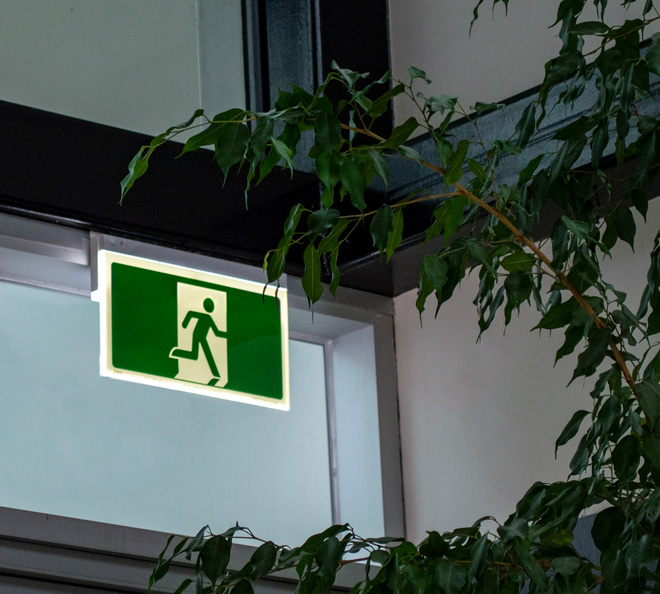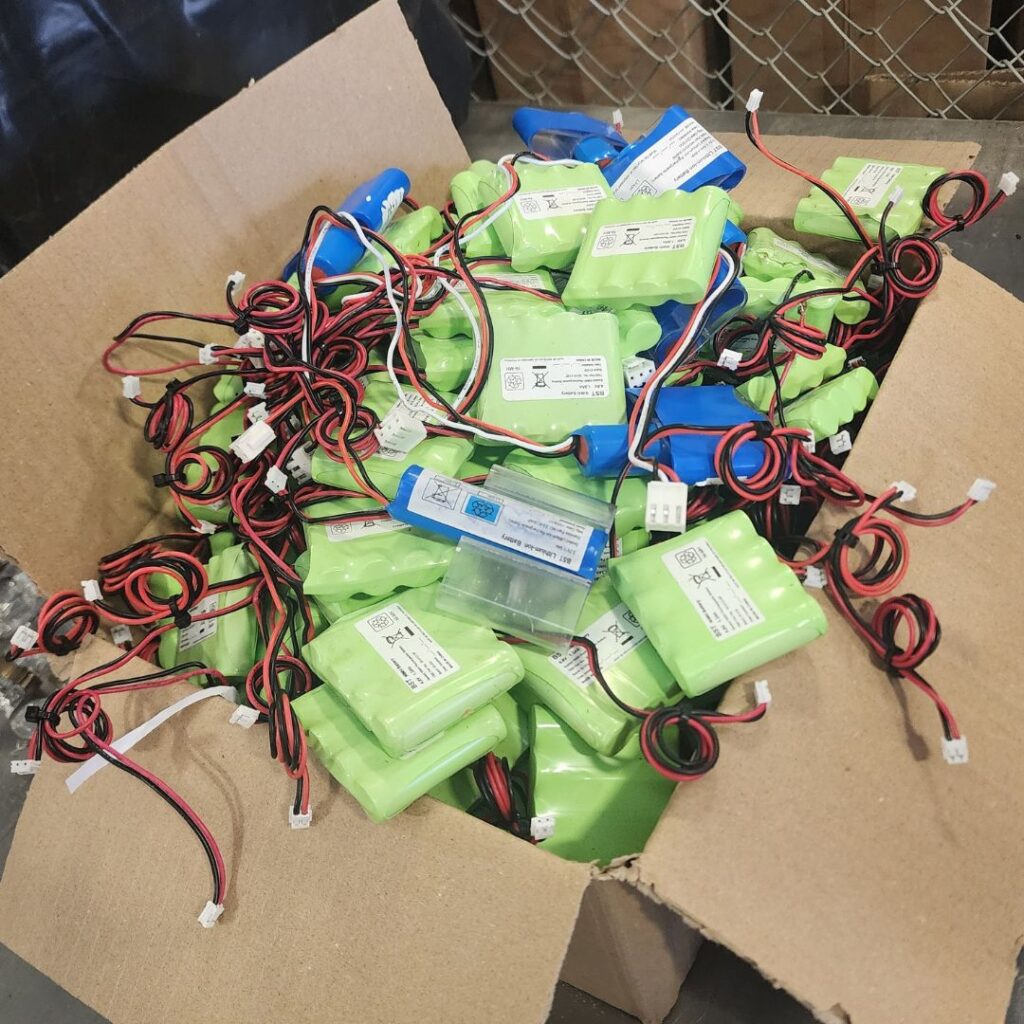The numbers on exit signs followed by ‘m’ indicate their maximum viewing distance. The meaning of 24m on an exit sign is that it is designed for visibility up to 24 metres.
For instance, 24M or 24m signifies that the sign is visible for up to 24 metres, while larger signs might have higher numbers like 40M, or 40 metres. 40m signs are usually found in large open buildings like warehouses, large format retail stores and industrial, mining and agriculture related buildings.
Smarterlite offers both photoluminescent and hybrid Environmental Exit Signs in standard 24m and 32m size, as well as made-to-order for larger sizes. Smarterlite Environmental Exit Signs, including hybrid exit signs with integrated light sources, comply with the National Construction Code of Australia and applicable Australian Standards.
Exit signs of 40m size and larger are known as ‘Jumbo’ signs.
How do I order a replacement exit sign?
When ordering a replacement exit sign, match the size indicated on the existing sign or in the design drawings or fire engineers report, as applicable. The most common size is 24m.
24m signs can be bought via our store. Use our online Request a Quote for other sizes.
When ordering a new or replacement exit sign, it is important to consider the cost and environmental impacts of your decision.
Simply choosing the cheapest AS2293 electric-battery exit sign will lock you into:
- high failure rates
- repeated call outs to electricians
- higher electricity bills
- higher emissions
- more plastic waste
- more eWaste.
There’s no reason why you can’t lock in lower lifecycle costs and reduce your impact on the environment with Smarterlite’s Environmental Exit Signs.
For technical support or inquiries about 24m exit signs and replacing them with Environmental Exit Signs, please Contact Us.
Make the switch and order your Environmental Exit Signs online now.
Smarterlite is a member of the Green Building Council of Australia, National Electrical and Communications Association (NECA) and Photoluminescent Lighting Council of Australia.


